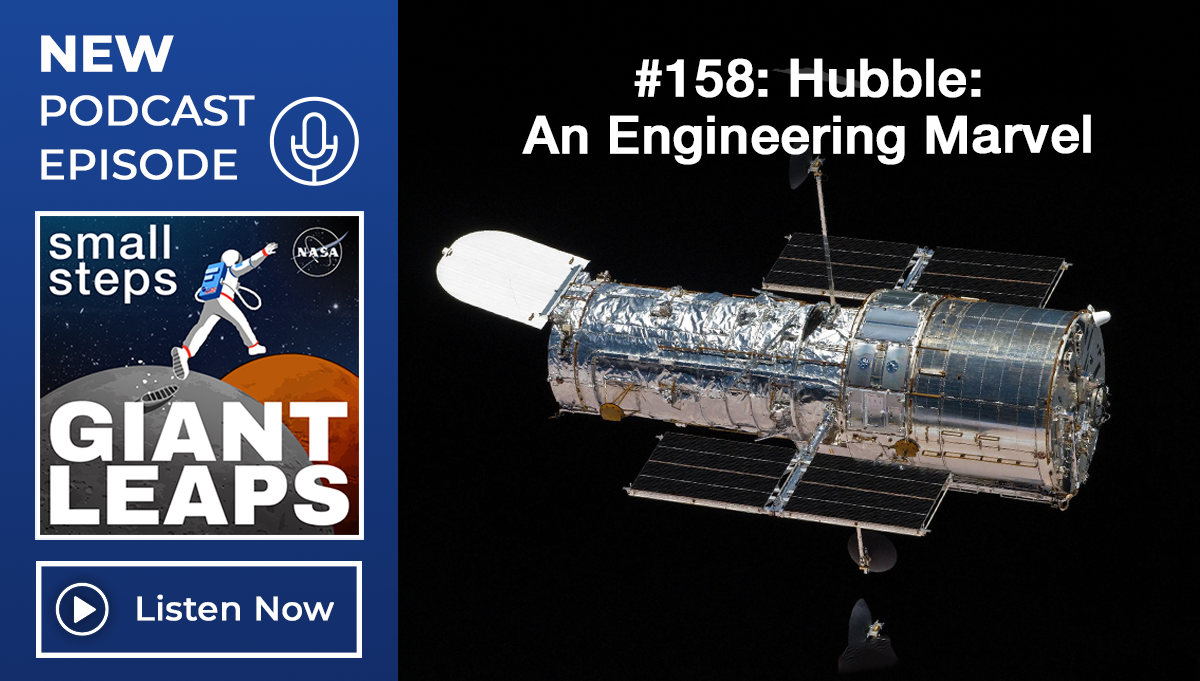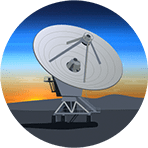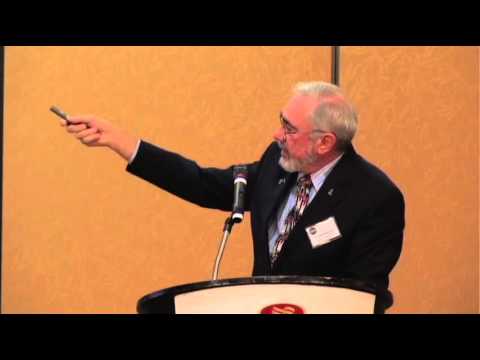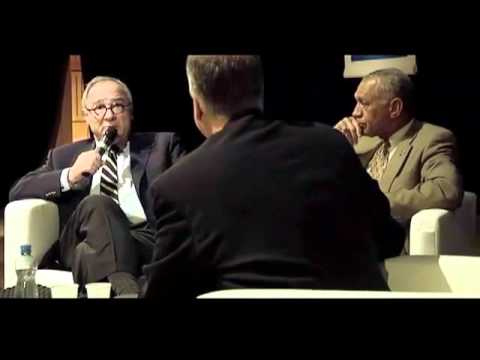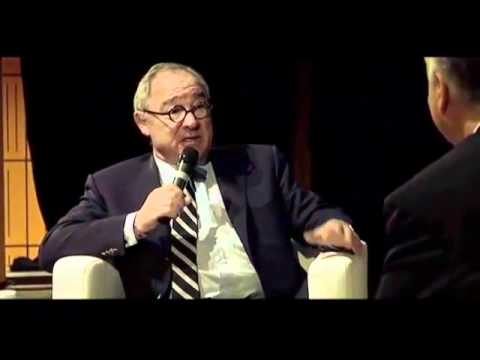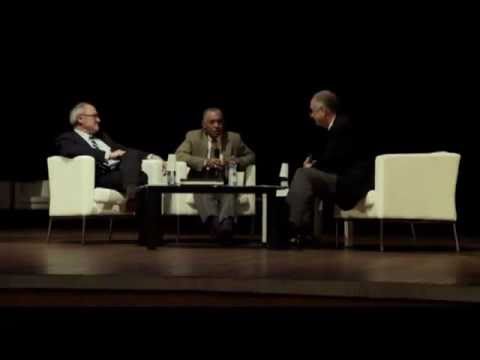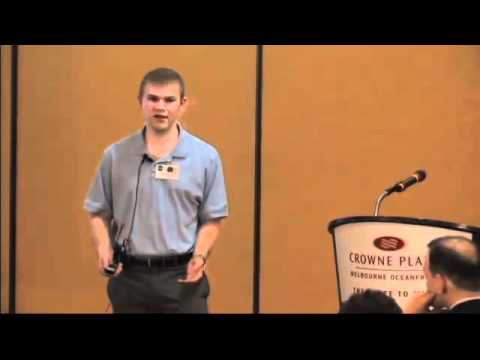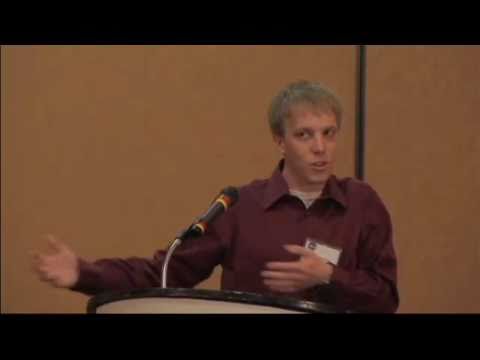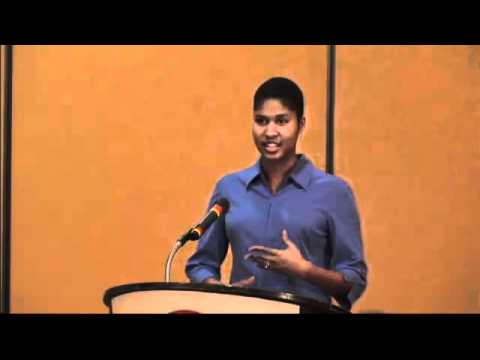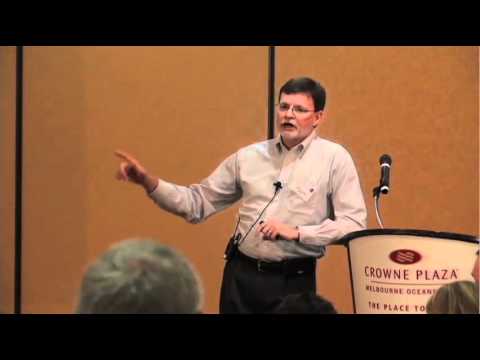
This session will provide an overview of a number of new initiatives that will ultimately change the way NASA will conduct future exploration missions. Topics to be discussed will include new approaches to space transportation systems that will change the way we provide access to space, an overview of the recently completed study results of […]




